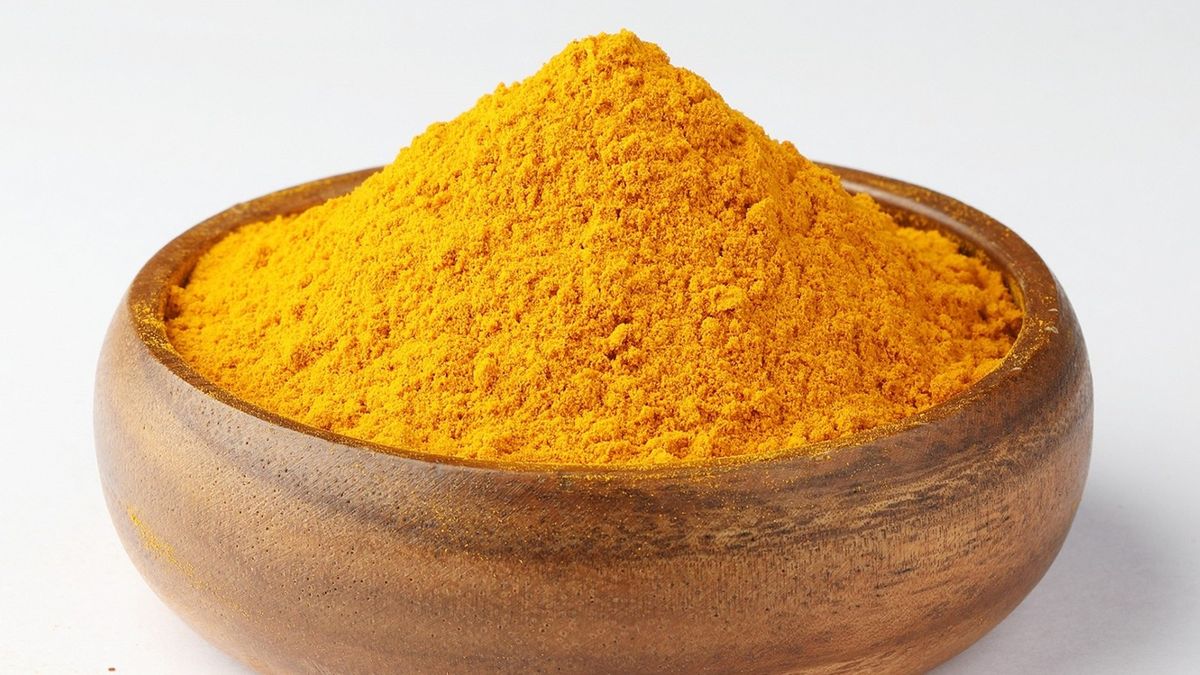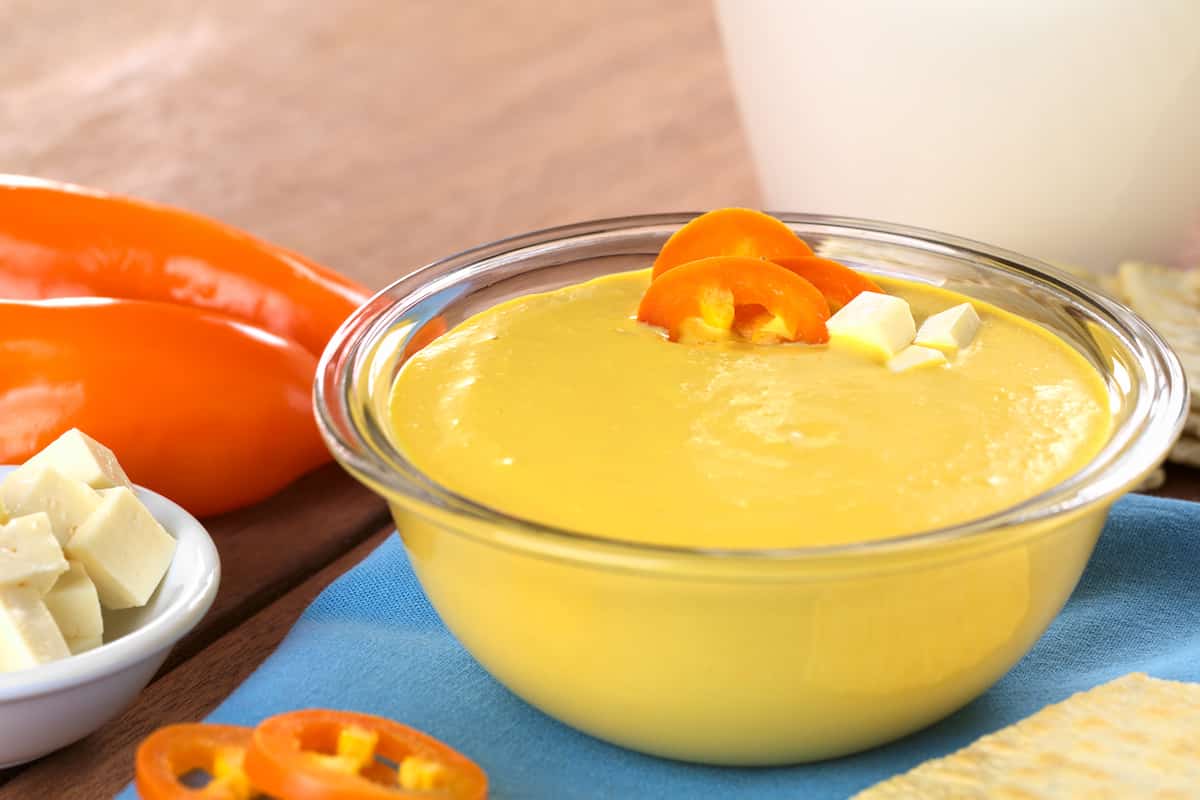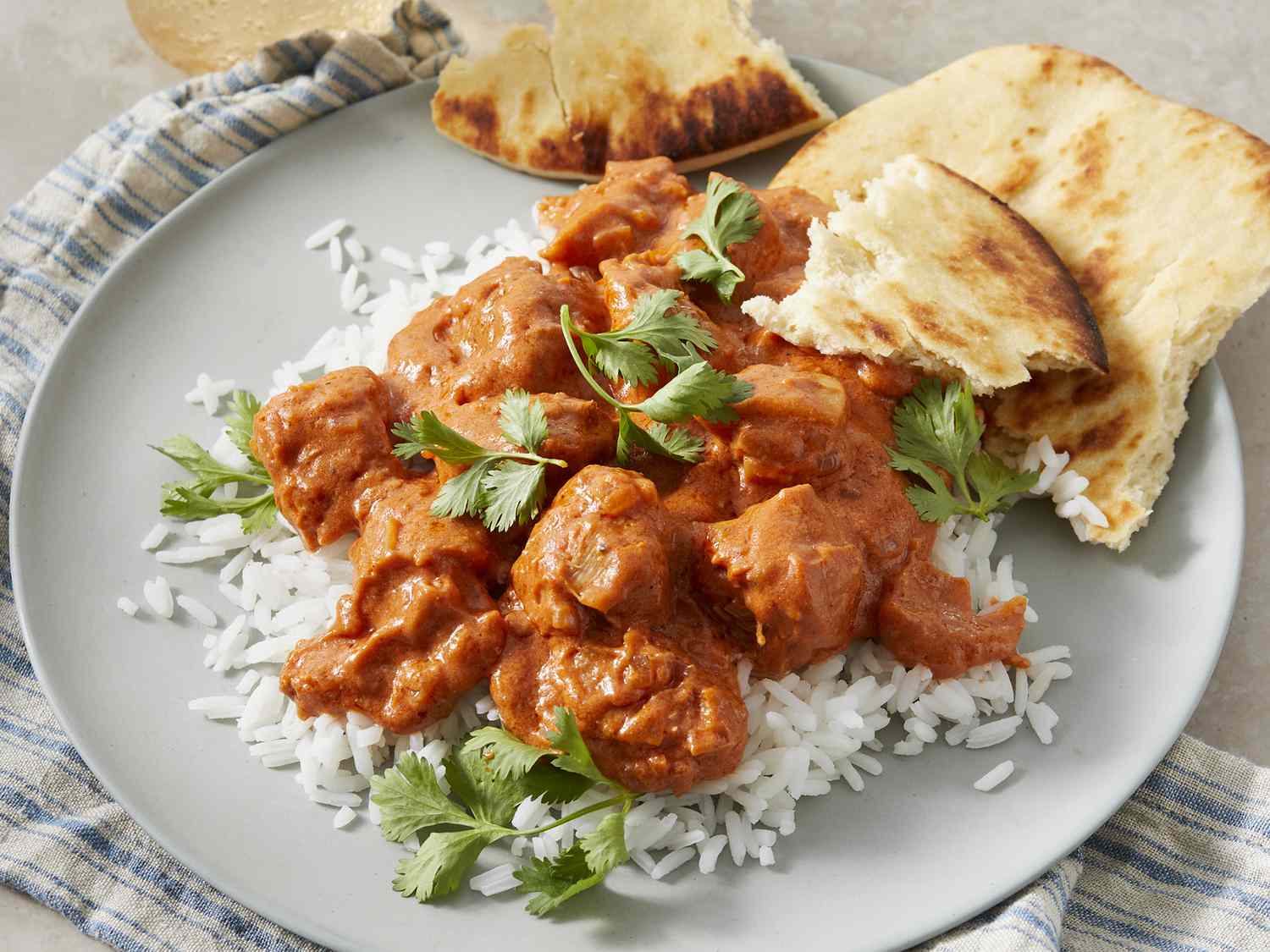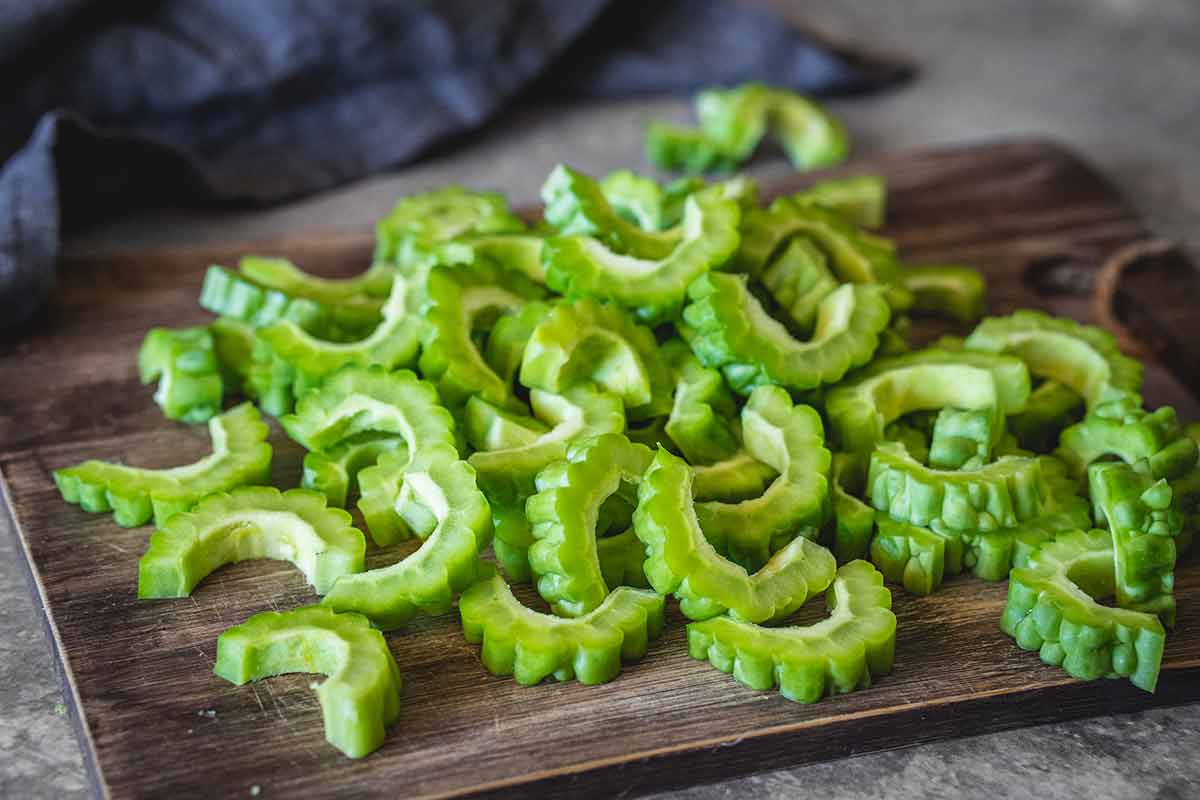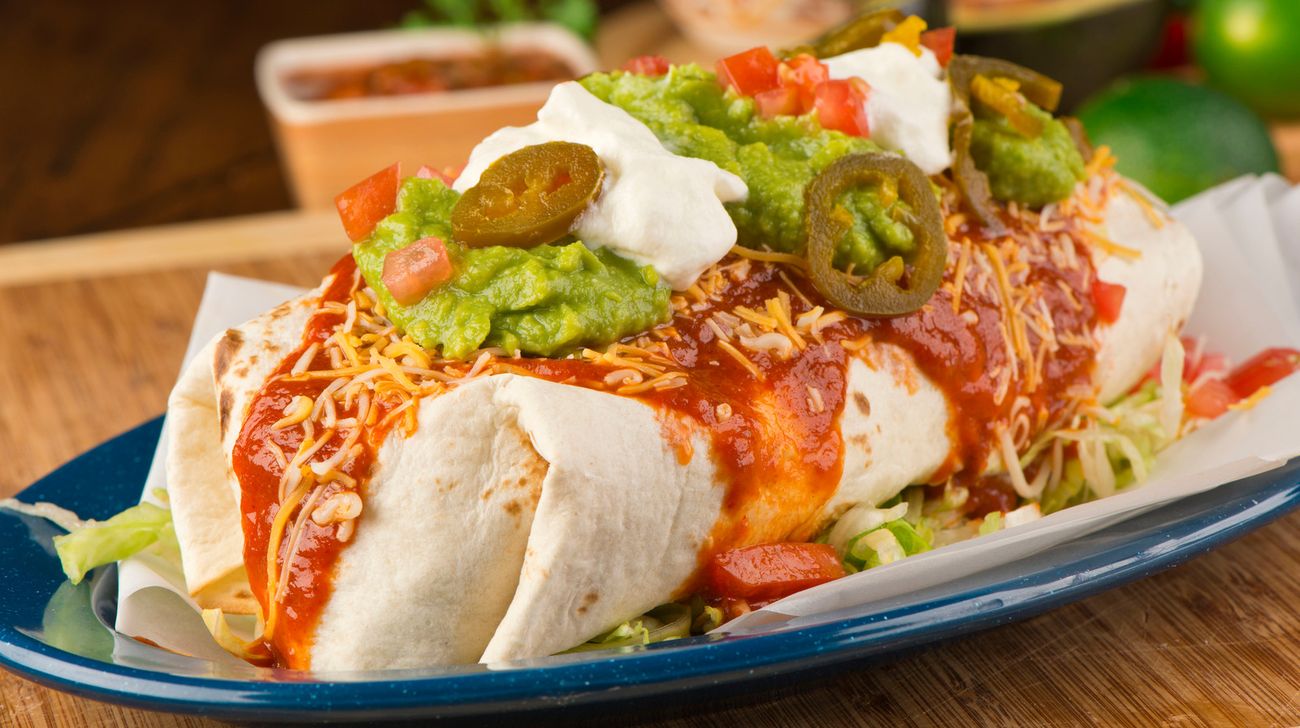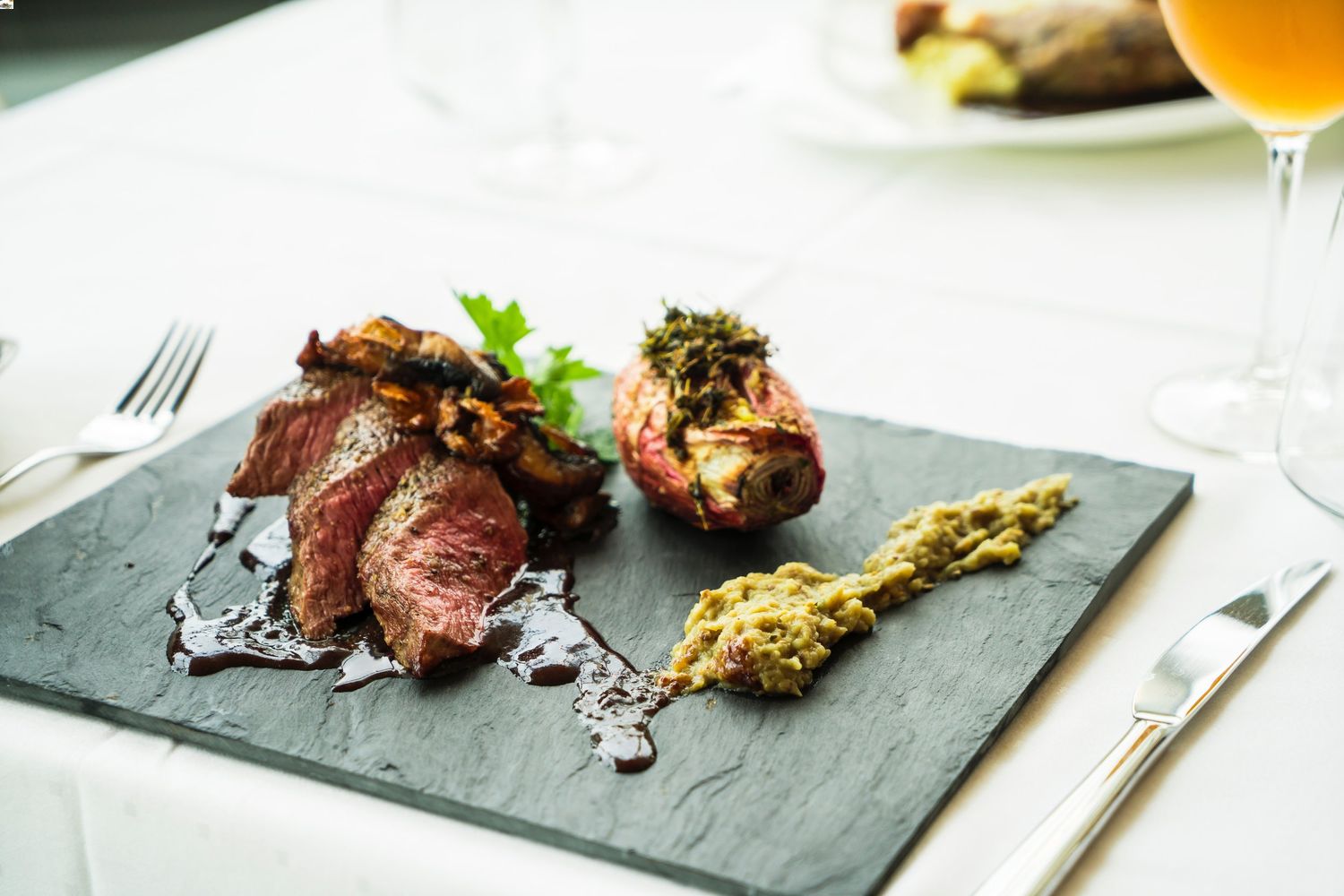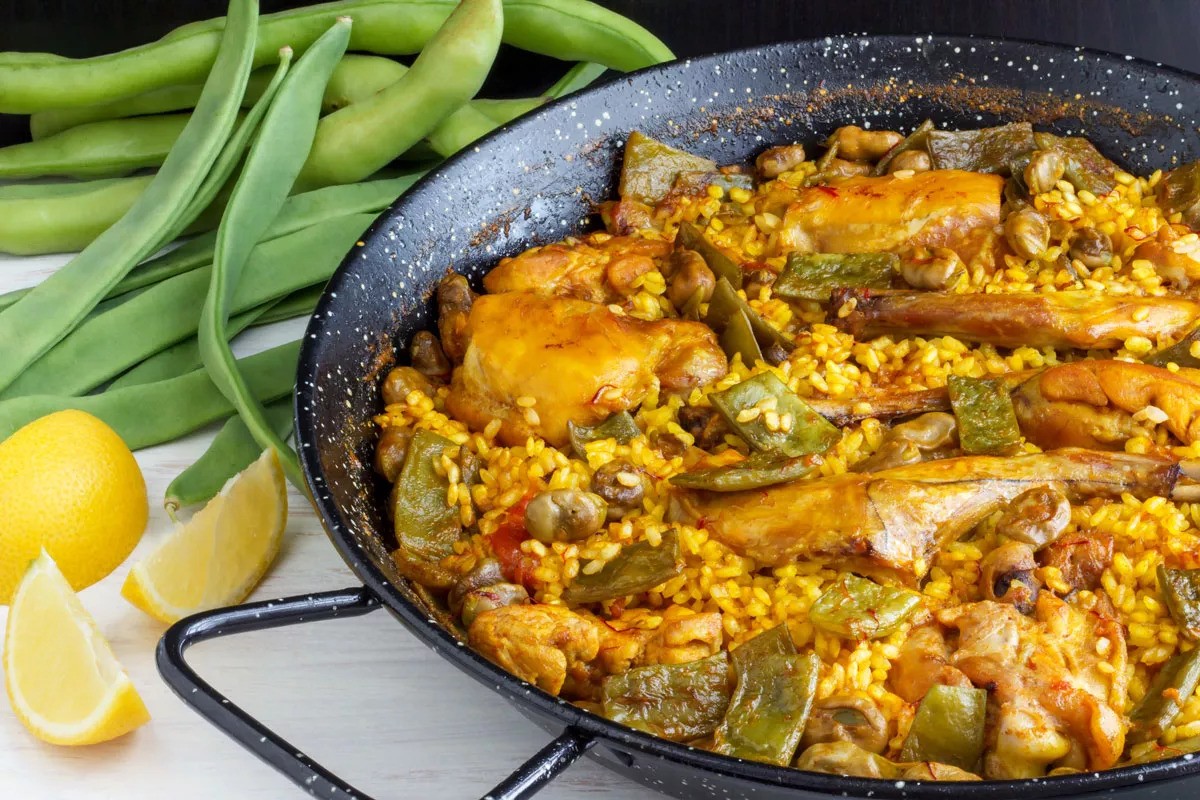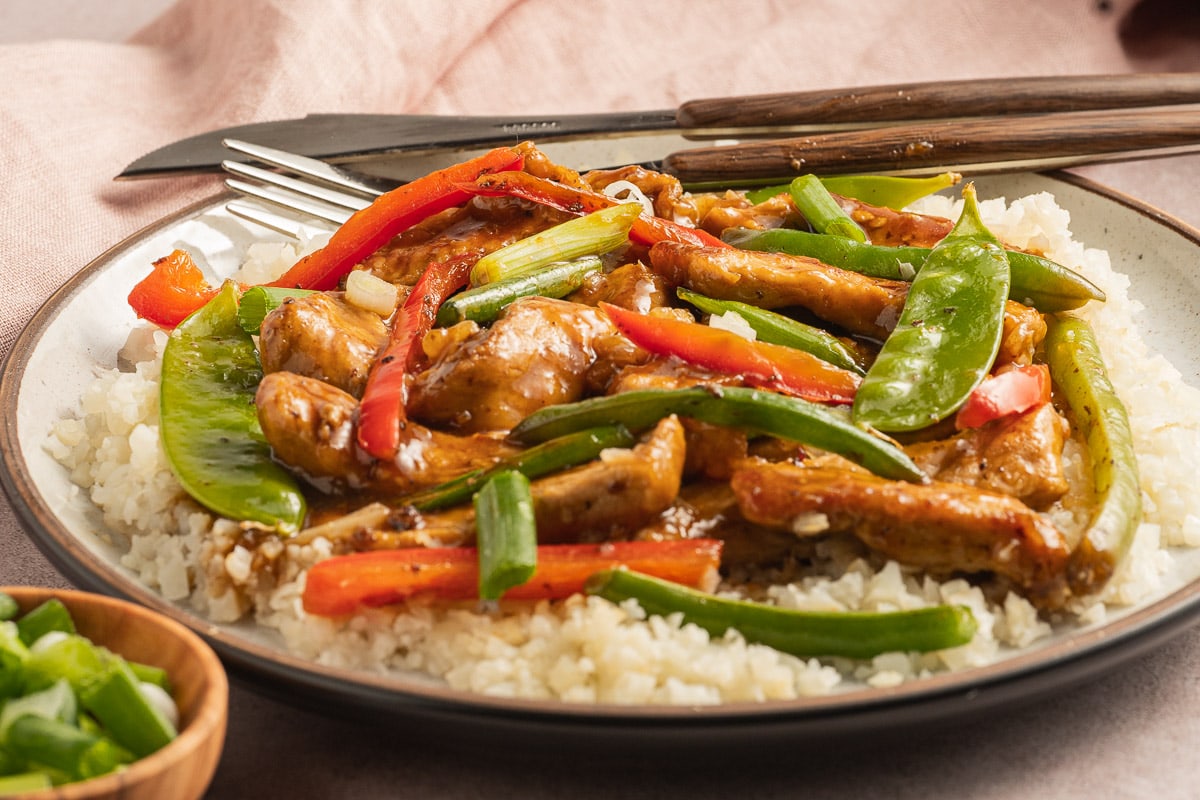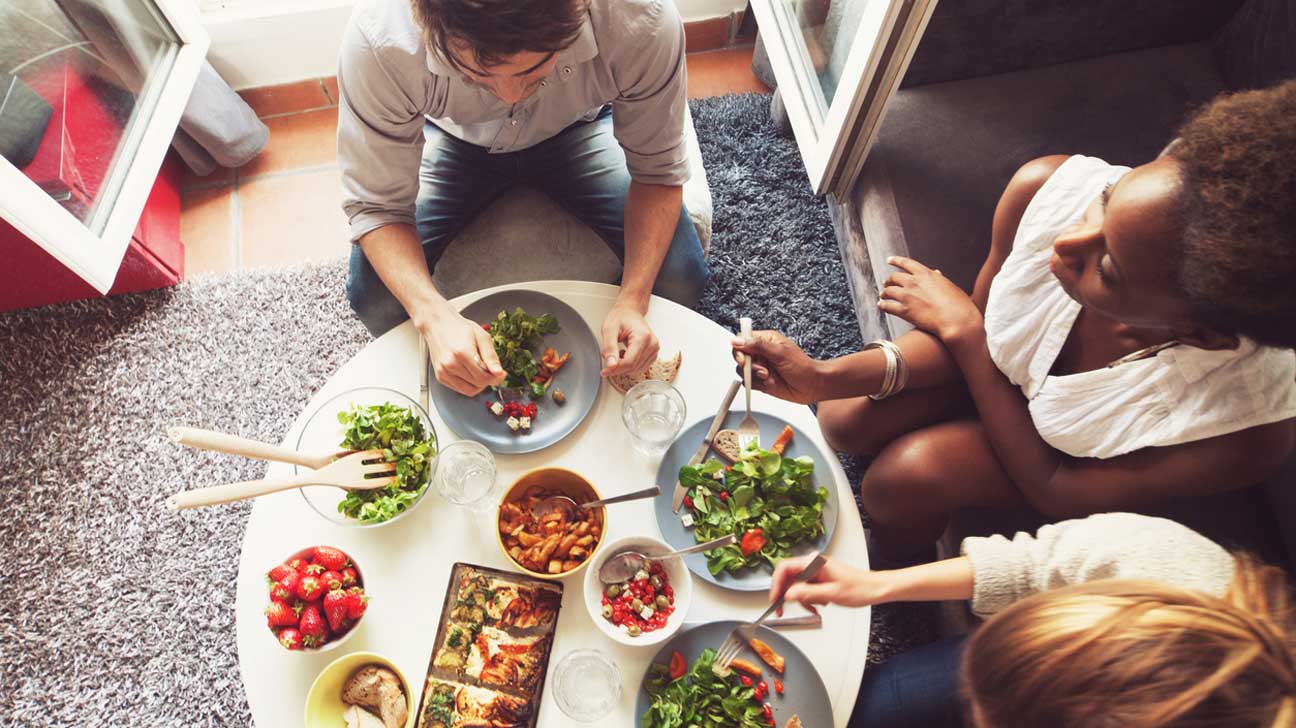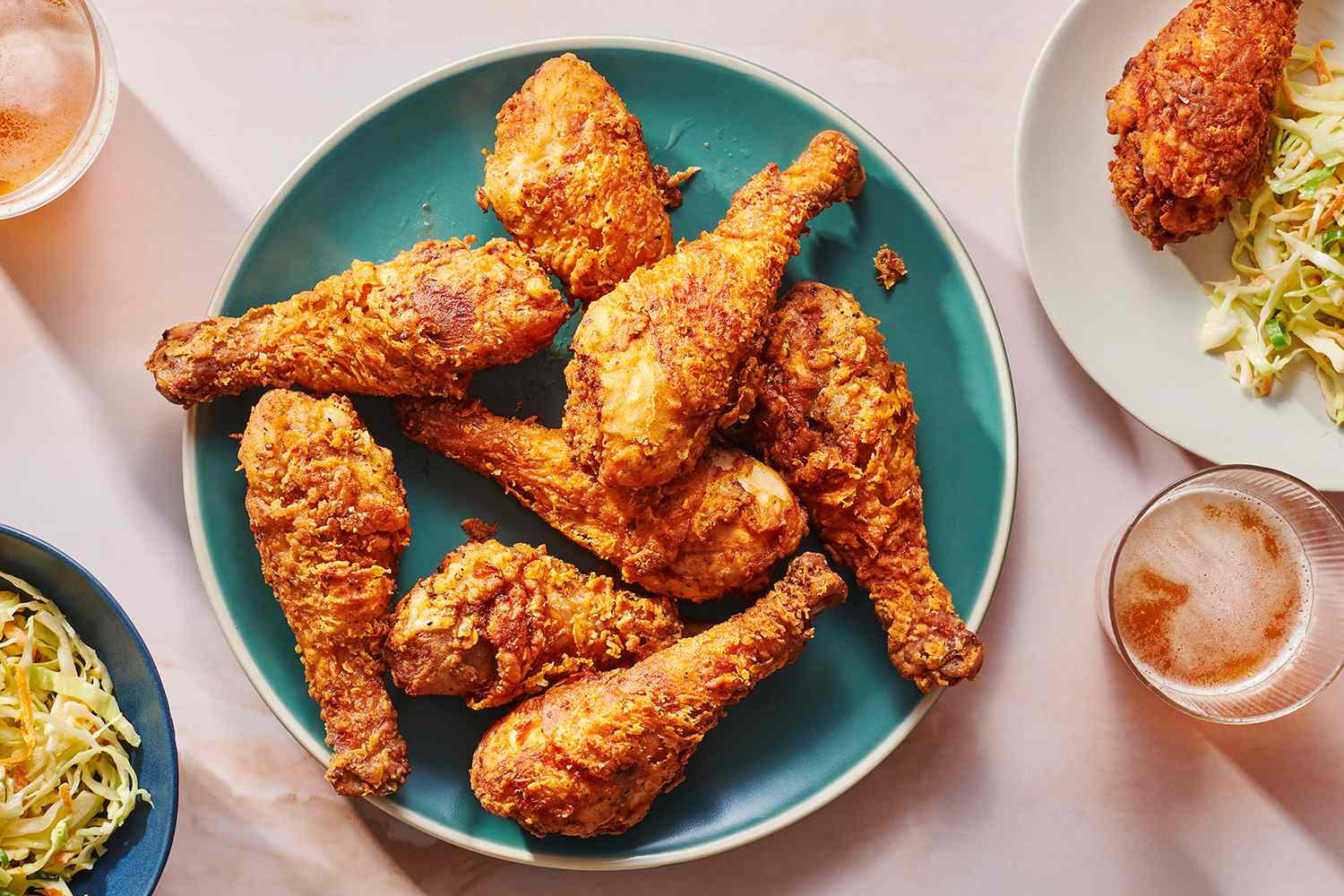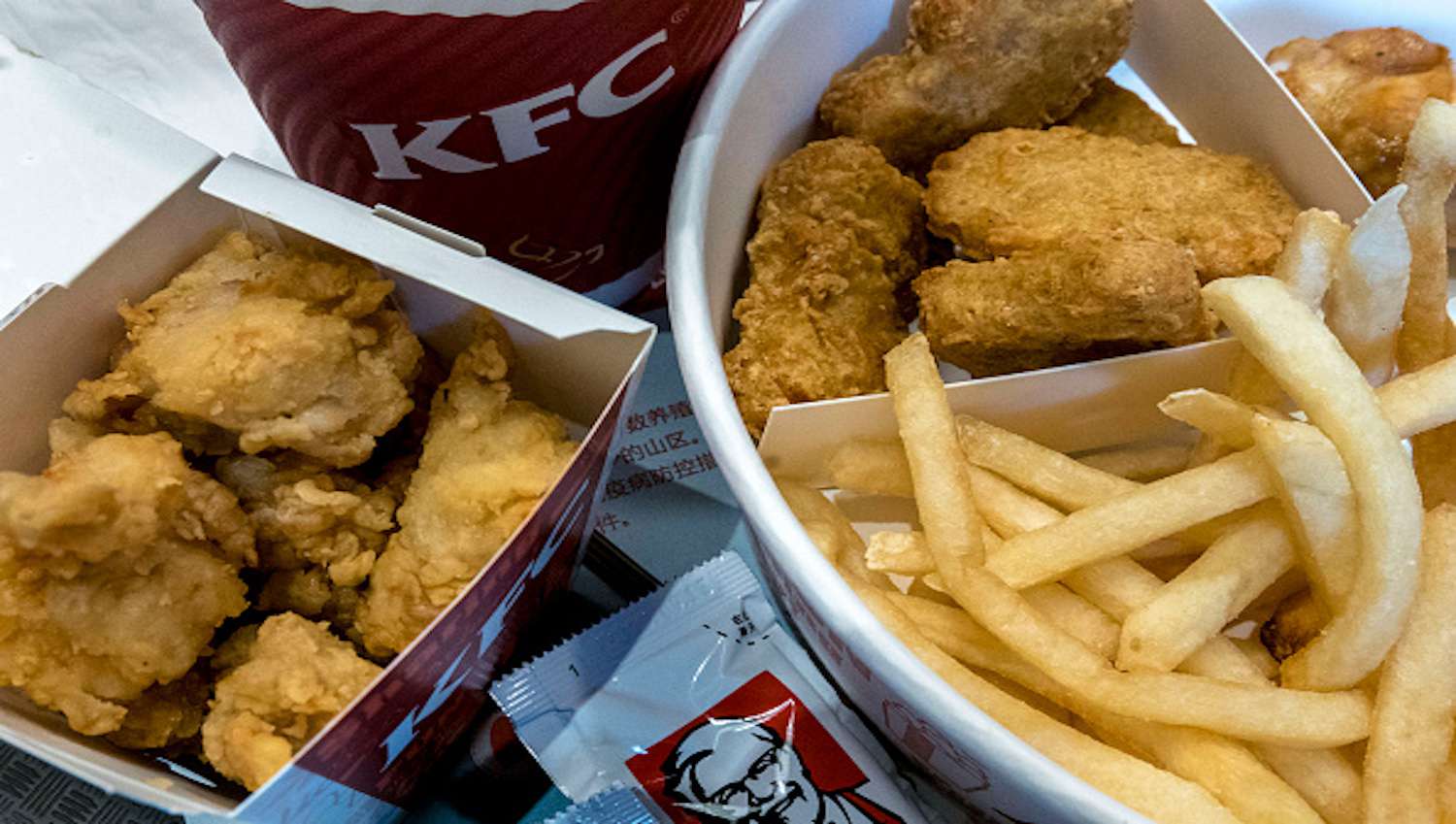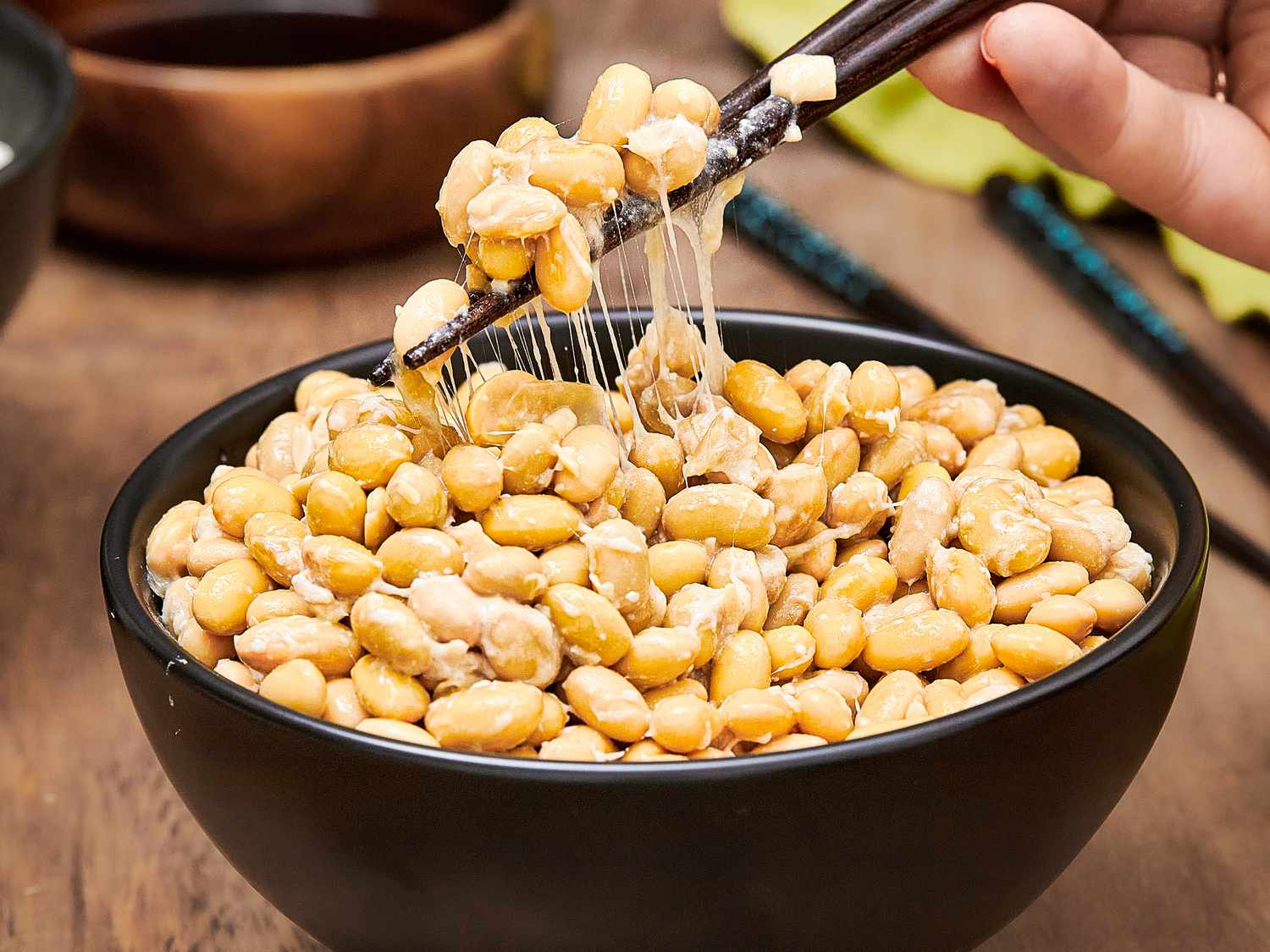Spices bring magic to meals, transforming simple dishes into flavorful experiences. Blending global spices in home cooking opens up a world of taste without leaving your kitchen. Imagine the warmth of Indian curry, the zest of Mexican chili, or the aromatic herbs of Mediterranean cuisine. Each spice tells a story, connecting cultures through food. Whether you're a seasoned cook or just starting, experimenting with international spices can elevate your dishes. Ready to spice up your cooking? Let's explore how to mix and match these global flavors for delicious results.
Essential Ingredients for Blending Global Spices
- Cumin seeds – 1 tablespoon
- Coriander seeds – 1 tablespoon
- Turmeric powder – 1 teaspoon
- Smoked paprika – 1 teaspoon
- Cinnamon stick – 1, broken into small pieces
- Cloves – 4
- Cardamom pods – 3, lightly crushed
- Fresh ginger – 1 inch piece, grated
- Garlic cloves – 2, minced
- Dried chili flakes – ½ teaspoon (adjust to taste)
- Salt – to taste
- Black pepper – freshly ground, to taste
- Olive oil or coconut oil – 2 tablespoons, for cooking
- Lemon juice – from 1 lemon, to finish
- Fresh cilantro or parsley – chopped, for garnish
Tools Needed for Blending Global Spices in Home Cooking
- High-Quality Chef's Knife
- For chopping herbs and vegetables finely.
- Spice Grinder
- Essential for grinding whole spices to unlock their full flavor.
- Mortar and Pestle
- Ideal for crushing spices and making pastes.
- Digital Kitchen Scale
- Ensures precise measurements of ingredients.
- Measuring Spoons
- For accurate spice measurements.
- Mixing Bowls
- Various sizes for mixing spices and marinades.
- Sieve or Fine Mesh Strainer
- To sift ground spices, removing any chunks.
- Skillet or Frying Pan
- For toasting spices to enhance their flavors.
- Spatula
- For stirring and mixing ingredients.
- Storage Containers
- Airtight options for keeping spices fresh.
Mixing global spices like turmeric, cumin, and paprika can transform simple dishes into flavorful experiences. Experiment with small amounts to find the perfect balance for your taste buds.
Why Blending Global Spices Enhances Your Cooking
Blending global spices in home cooking introduces an array of flavors, transforming ordinary dishes into extraordinary culinary experiences. This practice not only enriches the taste palette but also bridges cultures, allowing individuals to explore and appreciate global cuisines from the comfort of their kitchens. It's a creative journey, inviting cooks to experiment with combinations that defy traditional boundaries, fostering a deeper understanding and appreciation of worldwide culinary traditions. Through this exploration, home chefs can discover new favorites, revitalize classic recipes, and bring a touch of international flair to everyday meals.
Step-by-Step Guide to Blending Global Spices
Blending Global Spices in Home Cooking
-
Gather Your Spices
- Indian Spices: Turmeric, cumin, coriander, garam masala, cardamom
- Middle Eastern Spices: Sumac, za'atar, baharat, saffron, cinnamon
- Asian Spices: Star anise, five-spice powder, ginger, lemongrass, Sichuan peppercorns
- Latin American Spices: Paprika, chili powder, cumin, oregano, achiote
- African Spices: Berbere, harissa, ras el hanout, fenugreek, grains of paradise
-
Understand Flavor Profiles
- Indian: Earthy, warm, slightly sweet
- Middle Eastern: Tangy, aromatic, slightly bitter
- Asian: Sweet, spicy, umami
- Latin American: Smoky, spicy, tangy
- African: Spicy, complex, aromatic
-
Start with a Base
- Oil: Olive oil, coconut oil, sesame oil
- Aromatics: Garlic, onions, ginger
-
Layer Spices Gradually
- Dry Toasting: Heat spices in a dry pan to release oils
- Blooming: Cook spices in hot oil to enhance flavors
-
Combine Complementary Spices
- Indian: Cumin + coriander + turmeric
- Middle Eastern: Za'atar + sumac + cinnamon
- Asian: Star anise + ginger + Sichuan peppercorns
- Latin American: Paprika + chili powder + cumin
- African: Berbere + fenugreek + grains of paradise
-
Balance Flavors
- Sweetness: Add honey, sugar, or fruit
- Acidity: Use lemon juice, vinegar, or tamarind
- Saltiness: Incorporate soy sauce, fish sauce, or salt
- Bitterness: Include bitter greens or coffee
-
Adjust Heat Levels
- Mild: Use spices like paprika, cinnamon
- Medium: Incorporate cumin, coriander, ginger
- Hot: Add chili powder, Sichuan peppercorns, harissa
-
Experiment with Spice Blends
- Create Your Own: Mix and match spices to suit your taste
- Store Bought: Use pre-made blends like garam masala, five-spice powder, or ras el hanout
-
Incorporate Fresh Herbs
- Indian: Cilantro, mint
- Middle Eastern: Parsley, dill
- Asian: Basil, cilantro
- Latin American: Cilantro, oregano
- African: Cilantro, parsley
-
Taste and Adjust
- Taste Frequently: Adjust spices as needed
- Add Gradually: Start with small amounts, increase to desired flavor
-
Store Spices Properly
- Cool, Dark Place: Keep spices away from heat and light
- Airtight Containers: Use jars or containers to maintain freshness
-
Keep Learning
- Read Cookbooks: Explore books on global cuisines
- Watch Cooking Shows: Learn techniques from chefs
- Experiment: Try new spices and combinations
A Culinary Adventure Awaits
Embracing global spices in your kitchen transforms everyday meals into a vibrant culinary adventure. Experimenting with these flavors not only broadens your cooking repertoire but also brings the world closer, one dish at a time. Whether you're spicing up a familiar recipe or diving into a completely new cuisine, the journey promises to be both delicious and enlightening. Remember, cooking is as much about the journey as it is about the destination. So, keep your mind open, your spices ready, and your palate eager to explore. With each pinch of spice, you're not just seasoning food; you're adding chapters to your own culinary story. Let these global flavors inspire you to create dishes that tell a tale of adventure, tradition, and the endless possibilities that cooking holds.
Common Questions About Blending Global Spices in Home Cooking
How can I start incorporating global spices into my cooking?
Begin with small amounts. Try adding a pinch of cumin or coriander to your usual dishes. Gradually increase the quantity as you get comfortable with the flavors.
What are some must-have global spices for beginners?
Stock up on cumin, coriander, turmeric, paprika, cinnamon, and cardamom. These spices are versatile and can be used in a variety of dishes.
How do I store spices to keep them fresh?
Keep spices in a cool, dark place. Use airtight containers to prevent moisture and light from affecting their potency. Avoid storing them near the stove or in direct sunlight.
Can I use spices past their expiration date?
Spices don’t spoil like fresh food, but they do lose potency over time. If a spice has lost its aroma, it’s probably time to replace it. Generally, ground spices last about 2-3 years, while whole spices can last up to 4 years.
How do I balance spices in a dish?
Start with a small amount and taste as you go. It’s easier to add more than to fix a dish that’s too spicy. Pair strong spices with milder ones to create a balanced flavor profile.
Are there any health benefits to using spices?
Yes, many spices have health benefits. Turmeric has anti-inflammatory properties, cinnamon can help regulate blood sugar, and ginger aids digestion. Incorporating a variety of spices can contribute to overall wellness.
Can I substitute one spice for another?
Sometimes. For example, cumin and coriander can often be swapped, but the flavor will be different. It’s best to understand the flavor profile of each spice before substituting.
